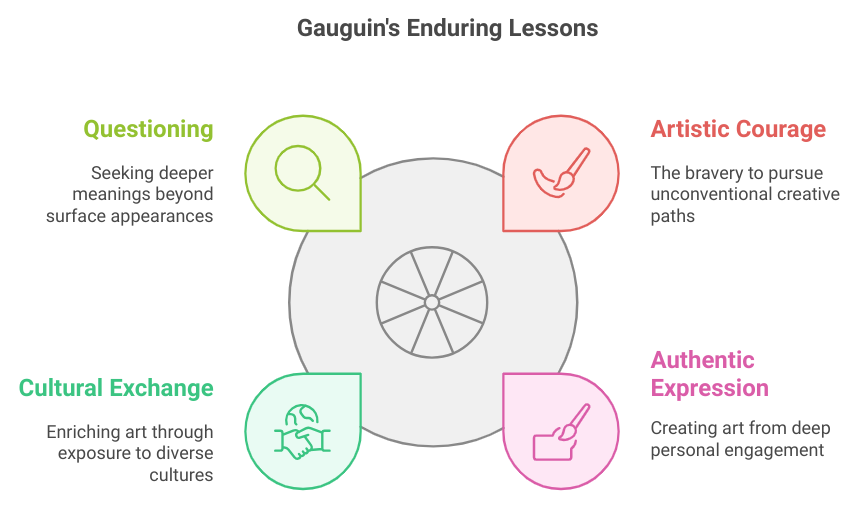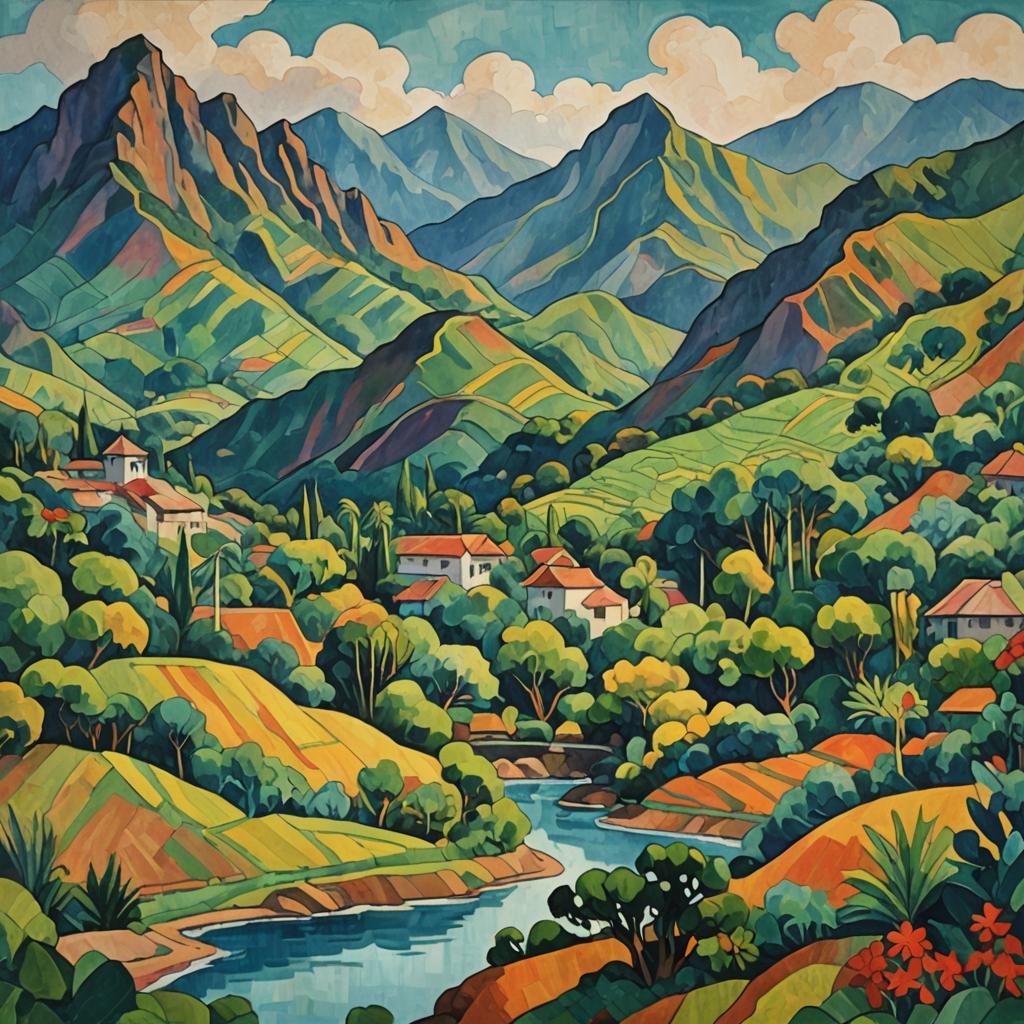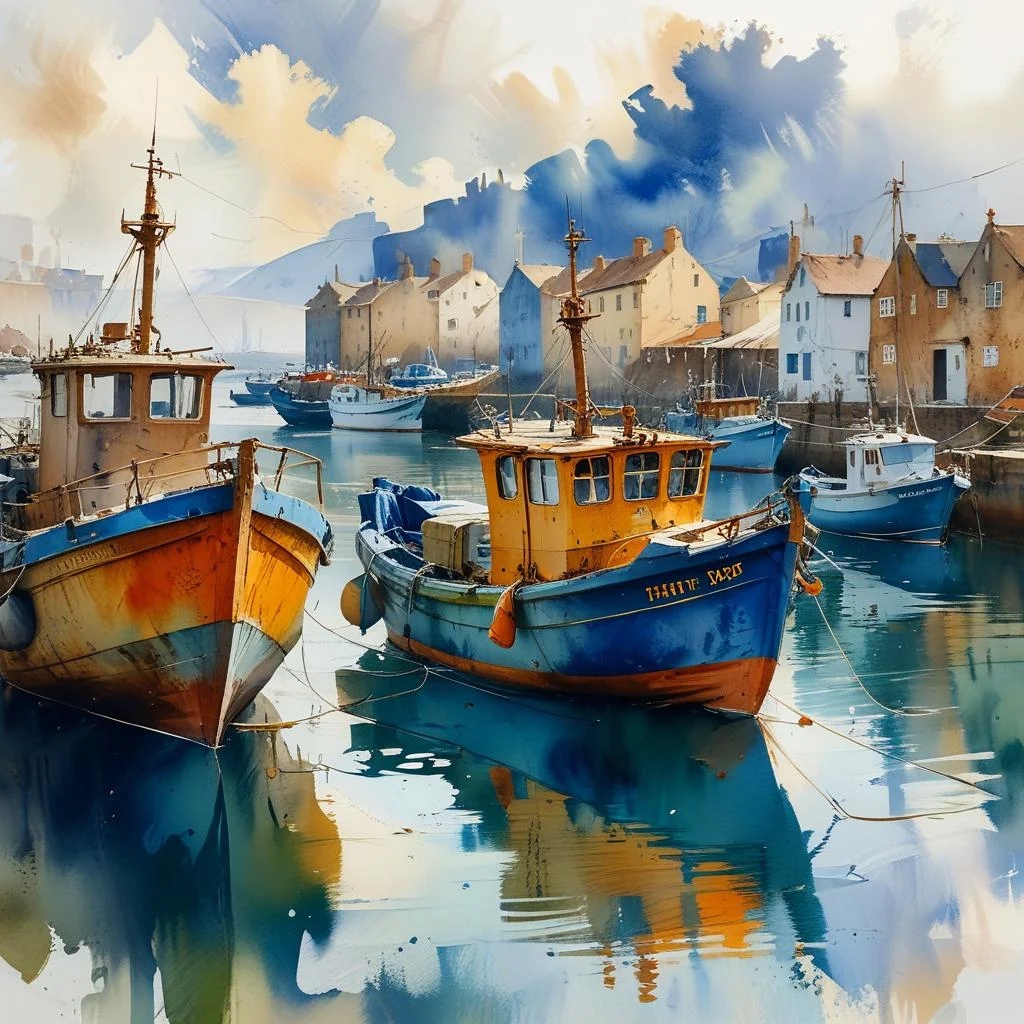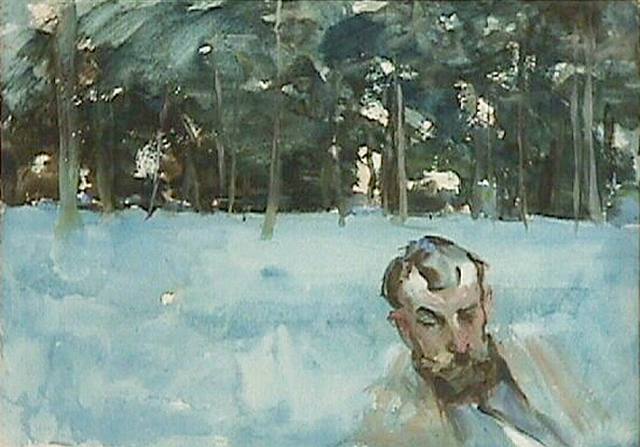“In art, all who have done something other than their predecessors have merited the epithet of revolutionary; and it is they alone who are masters.” – Paul Gauguin
In the pantheon of Post-Impressionist masters, Paul Gauguin stands as a revolutionary figure whose bold artistic vision continues to captivate and inspire art enthusiasts worldwide. Breaking free from the constraints of European realism, Gauguin crafted a unique visual language that merged vivid colors, emotional depth, and spiritual symbolism. His journey from a successful stockbroker to a pioneering artist reminds us that creativity knows no boundaries—and that sometimes, the most profound artistic expressions emerge when we dare to venture beyond the familiar.
| Period | Location | Key Works | Artistic Development |
|---|---|---|---|
| 1873-1883 | Paris | Early amateur paintings | Sunday painter while working as stockbroker |
| 1883-1891 | France (Various) | Vision After the Sermon (1888) | Development of Synthetism, collaboration with Van Gogh |
| 1891-1893 | Tahiti (First Stay) | Arearea (1892), Fatata te Miti (1892) | Exploration of Polynesian themes, bold color usage |
| 1893-1895 | France | Self-portraits, Breton scenes | Refinement of style, planning return to Tahiti |
| 1895-1903 | Tahiti & Marquesas | Where Do We Come From? (1897) | Mature style, spiritual and philosophical works |
The Unlikely Artist: From Stock Market to Striking Canvas
Paul Gauguin’s transformation from a prosperous Parisian stockbroker to an avant-garde artist seems almost mythical in its audacity. Born in 1848, Gauguin enjoyed a comfortable middle-class life until his mid-thirties, when the siren call of artistic expression proved impossible to resist. This dramatic career shift wasn’t merely a change of profession – it represented a fundamental quest for authenticity and creative freedom that would define his entire artistic legacy.
In 1883, Gauguin made the bold decision to abandon his lucrative financial career to pursue art full-time. This choice, while initially met with skepticism and hardship, exemplifies the courage required to follow one’s creative passion. For today’s aspiring artists and art lovers, Gauguin’s early journey serves as a powerful reminder that it’s never too late to embrace your artistic calling.
Revolutionary Vision: Breaking the Bonds of Convention
Gauguin’s artistic style emerged as a deliberate departure from the Impressionist movement that dominated late 19th-century European art. While his contemporaries sought to capture the fleeting effects of light and atmosphere, Gauguin pursued something more profound – a visual language that could express emotional and spiritual truths through color and form.
“I shut my eyes in order to see.” – Paul Gauguin
His development of Synthetism, a style characterized by flat areas of bold color, simplified forms, and symbolic elements, marked a revolutionary approach to painting. Works like “Vision After the Sermon” (1888) showcase his unique ability to blend reality with imagination, creating scenes that pulse with psychological and spiritual intensity.
Tahiti: Finding Paradise and Purpose
Perhaps no aspect of Gauguin’s artistic journey is more celebrated than his time in Tahiti. In 1891, seeking escape from what he perceived as the artificiality of European society, Gauguin embarked on his first voyage to French Polynesia. This move would profoundly transform both his art and his worldview.
In Tahiti, Gauguin discovered a world that aligned with his artistic vision – one where color, spirituality, and natural beauty existed in harmonious unity. His Tahitian paintings, such as “Arearea” (1892) and “Fatata te Miti” (1892), reveal an artist who had found his true creative voice. These works combine brilliant colors with Polynesian mythology and symbolic elements, creating a unique visual poetry that continues to resonate with viewers today.
The Masterpiece That Questions Everything
No discussion of Gauguin’s legacy would be complete without examining his magnum opus, “Where Do We Come From? What Are We? Where Are We Going?” (1897). This monumental painting, created during a period of personal crisis, encapsulates the philosophical depth of Gauguin’s mature work. The painting poses fundamental questions about human existence through a complex arrangement of figures set in a Tahitian landscape, demonstrating how art can serve as a medium for exploring life’s greatest mysteries.
Influence and Legacy: A Continuing Inspiration
Gauguin’s influence extends far beyond his own time. His bold use of color and symbolic approach to painting helped pave the way for various modern art movements, including Fauvism and Expressionism. Artists like Pablo Picasso and Henri Matisse drew direct inspiration from his work, particularly his willingness to distort natural forms for emotional effect.
For contemporary art lovers, Gauguin’s legacy offers several enduring lessons:
- Embrace Artistic Courage: Gauguin’s life demonstrates the importance of following your creative instincts, even when they lead you away from conventional paths.
- Seek Authentic Expression: His work reminds us that true art often emerges from a deep, personal engagement with the world around us.
- Value Cultural Exchange: Gauguin’s Tahitian period highlights how exposure to different cultures can enrich artistic vision and human understanding.
- Question Everything: His approach to art making encourages us to look beyond surface appearances and seek deeper meanings in both art and life.

Looking Beyond: Gauguin’s Message for Modern Times
In today’s fast-paced digital world, Gauguin’s art offers a compelling invitation to slow down and see differently. His works challenge us to look beyond the obvious, to seek out the spiritual in the everyday, and to recognize the profound beauty that exists in cultural diversity.
For modern art enthusiasts, Gauguin’s legacy provides a valuable reminder that great art isn’t just about technical skill or aesthetic beauty – it’s about having the courage to express a unique vision of the world. His journey from conventional success to artistic revolution continues to inspire those who seek to forge their own creative paths.
A Continuing Journey
“Art is either plagiarism or revolution.” – Paul Gauguin
Paul Gauguin’s artistic legacy reminds us that the greatest art often emerges from bold choices and unwavering commitment to personal vision. His work continues to challenge and inspire, inviting each new generation to see the world through fresh eyes and to find the courage to express their own unique creative voice.
As we stand before Gauguin’s paintings today, we’re not just viewing historical artifacts – we’re encountering an enduring invitation to question, explore, and imagine. In this way, Gauguin’s vision remains as relevant and revolutionary as ever, encouraging us all to look beyond the surface and discover the extraordinary in the ordinary.
For art lovers seeking inspiration, Gauguin’s story and work offer a timeless reminder: true artistic expression knows no bounds, and the most meaningful creative journeys often begin when we dare to see the world anew.



